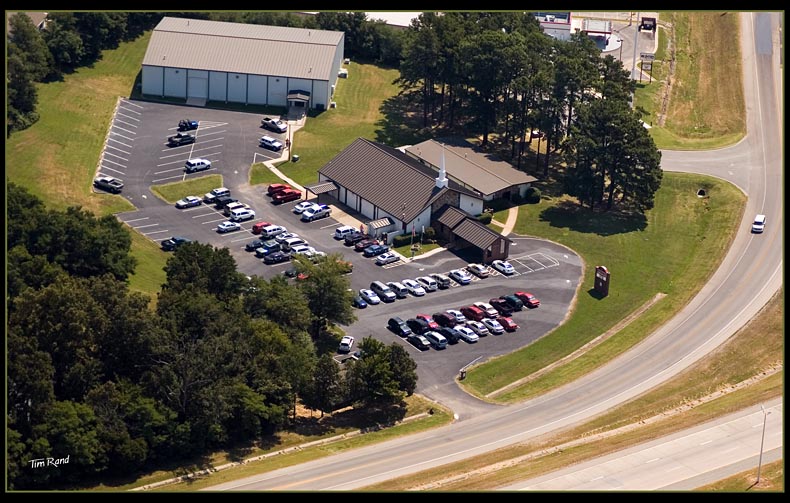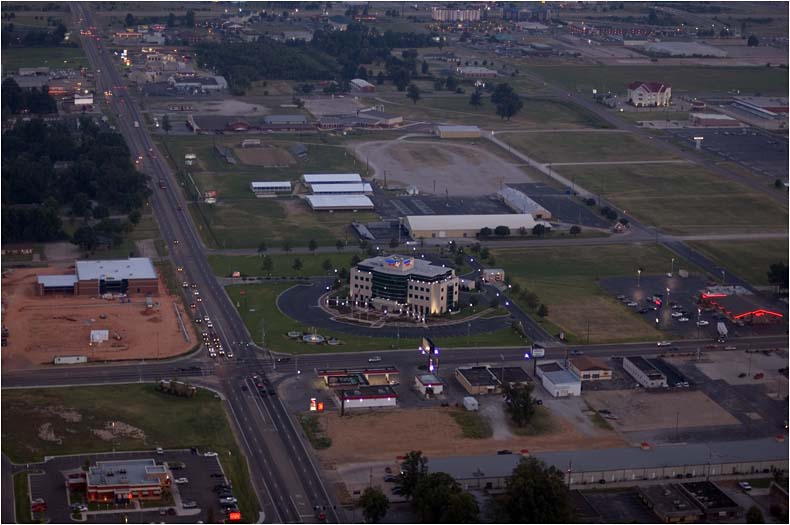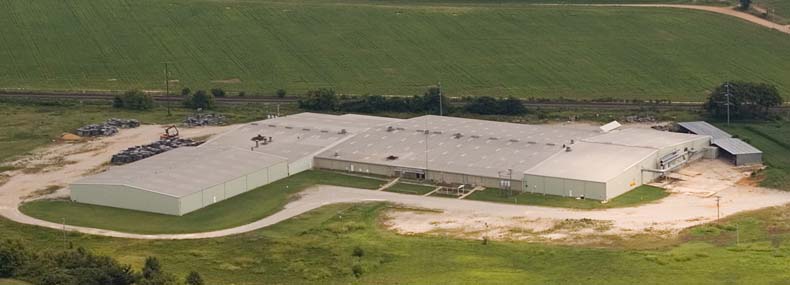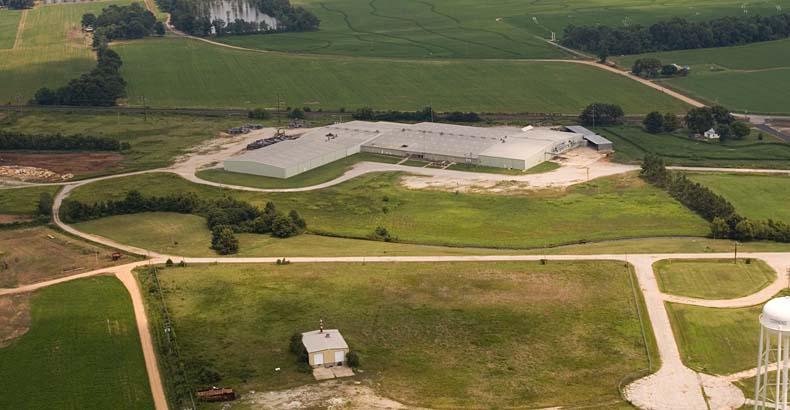
Aerial photography
Photographs from the air offer a unique perspective. It can be difficult to get really tack-sharp photographs even when using high shutter speeds.
This is due to the inherent vibration caused by the engine, propeller and turbulence. No matter how calm the air there is still a constant vibration within the airplane or helicopter. This is where the gyro-stabilizer comes in. While a fast shutter speed is the way to go to get a good image, it cannot match the sharpness of a gyro-stabilized photograph.
In addition, some photographs require a longer exposure when there is not much light. The only way to capture these images is with a gyro-stabilizer on the camera.
All photographs become softer as they are enlarged. A soft-focus photograph becomes even more pronounced as the size increases. Learn more about our gyro-stabilizer on the manufacturers website: www.ken-lab.com. We use the KS-8 model.

Aerial photography applications
| Advertising and internal communications | Industrial real estate | Commercial real estate |
|
Residential real estate |
Construction progress | Special events |
| Landscaping | Golf courses | Insurance |
| Legal and environmental | Wall decor |
Planning
We have turned around images the same day as the order was placed. These projects needed the quick response. It is best when we have more time. Weather is an important factor in the shoot. Haze is a problem most of the time. It is best to photograph just after a cold front has gone through. This eliminates or reduces the haze. The day after the storm is pretty windy. The 2nd day after the storm is the best. Haze will start becoming noticeable again on the 3rd day. We actually have only five to six days a year of perfect skies. Other days are acceptable. Just keep in mind the bigger the time-frame we have to work, the greater the chance of getting better aerial photography weather.
The time of day is important. We want to photograph the angle you want when the property is lighted by the sun.
You will be supplied several images to choose from. These will be from a variety of angles.
Please contact us about your aerial photography needs.

Tim Rand Photography 870-236-2275

